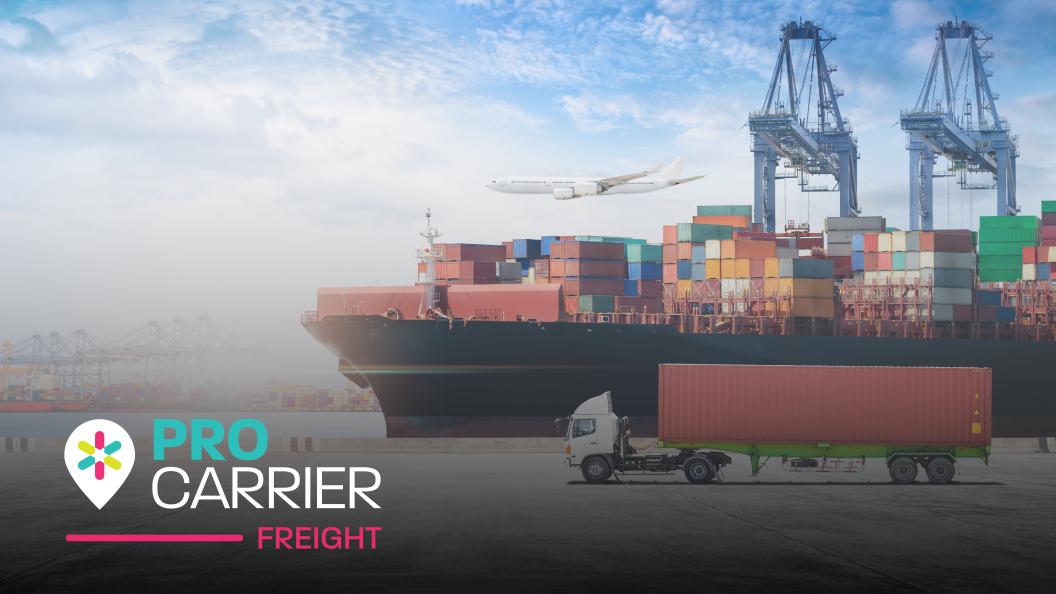Packing slips are unassuming documents. They’re overlooked and unloved by consumers who toss them aside when opening an eCommerce delivery. But they play a surprisingly important role.
Whether you’re a first-time retailer or a cross-border veteran, creating accurate packing slips is essential for reducing errors, speeding up fulfilment and enhancing the customer experience.
In this article, you’ll learn everything you need to know about packing lists — from what they are and why they’re important to best practices for creating your own.
What is a packing slip?
A packing slip is a shipping document that contains a list of all the items in a package. It serves as a comprehensive inventory that accompanies shipments, providing information to both the sender and the recipient.
Information on a packing slip can include:
- Product names
- SKU numbers
- Weights
- Dimensions
- Number of units
Also known as a packing list, a shipping manifest and a delivery note, the packing slip is typically placed inside the package or attached to the exterior in a sealed pouch.
A packing slip allows the recipient to verify they’ve received the correct items. It also acts as a reference point for warehouse workers and other supply chain professionals to double-check contents and minimise errors.
What is the difference between a packing slip and a shipping invoice?
While both documents contain similar information, they serve distinctly different purposes. Packing slips focus on the physical goods being shipped. Invoices are financial documents that include payment information, like pricing, payment terms and tax details. They serve as legal documentation for the transaction between the buyer and seller.
What should you include on a packing slip?
The exact information you should include on a packing slip will depend on your business and products. But there are standard elements that almost every packing slip includes.
Seller information
A packing list should start with the seller's information, including the company’s name, address and contact details.
Customer details
A packing list should include the customer's details, such as the recipient's name, shipping address, and contact information.
Order information
It should include the order number, purchase order number, invoice number (if applicable) and the date of the order or shipment. This links the packing slip to the broader transaction.
Product information
Each shipped item should be listed with a clear product name or description, the SKU or product code, the quantity included and any relevant product attributes such as size or colour.
Why are packing slips important for retailers?
Packing slips connect the customer’s online orders to the products they receive. They are vital for several reasons, including:
Improving accuracy and reducing errors
Packing slips significantly reduce shipping errors. When warehouse staff use packing slips as checklists during the fulfilment process, they can verify that all correct items are included before sealing. This verification process helps prevent costly mistakes that could result in customer dissatisfaction, returns and additional shipping costs.
Enhancing the customer experience
Packing slips provide customers with immediate verification of their order contents upon delivery. This transparency builds trust and confidence in the purchasing process, particularly important for eCommerce businesses where customers cannot physically inspect items before purchase.
Managing inventory
Packing slips serve as crucial documentation for inventory tracking. They provide a clear record of what items have left the warehouse, helping to maintain accurate stock levels and supporting reconciliation processes.
Streamlining returns and exchanges
Packing slips simplify the returns process by providing customers with detailed information about their original order. This documentation helps customer service teams quickly identify items for return processing and ensures accurate restocking procedures.
How to create an effective packing slip
Use the tips below to make your packing lists as clear, accurate and effective as possible.
Make sure it’s accurate
There’s really no excuse for an inaccurate packing slip. Double-check that product descriptions match exactly what's being shipped, quantities are correct and all reference numbers align with other shipping documents.
Use clear and consistent formatting
Design packing slips with clean, easy-to-read layouts that maintain consistency with other documents. Use clear fonts, a logical structure and sufficient white space to make information scannable.
Include relevant additional information
While you’ll want to keep the document concise, consider adding useful information such as return policies, customer service details or a personalised thank-you message. This additional information can enhance the customer experience without cluttering the essential details.
Leverage technology for automation
Implement digital systems that automatically generate packing slips from order data. This automation reduces manual errors, saves time and ensures consistency across all shipments. Modern inventory management systems can integrate with e-commerce platforms to streamline this process.
Ship seamlessly with Pro Carrier
Packing slips are a fundamental component of a successful online order. These documents serve multiple functions, from ensuring order accuracy and enhancing customer satisfaction to supporting inventory management and facilitating returns processing.
But few customers will judge you by the quality of your packing list. Most will judge you by the speed of your delivery. That’s why leading cross-border retailers partner with Pro Carrier.
We streamline international delivery processes, combining cutting-edge technology, a range of global delivery options and a network of final-mile delivery partners to help you send packages as quickly and easily as possible.
Our custom-built platform integrates with every eCommerce and carrier system to make managing your shipping a breeze. You get real-time visibility into your parcels and can even edit orders on the fly.
Find out more or get a free quote by speaking to one of our experts today.



